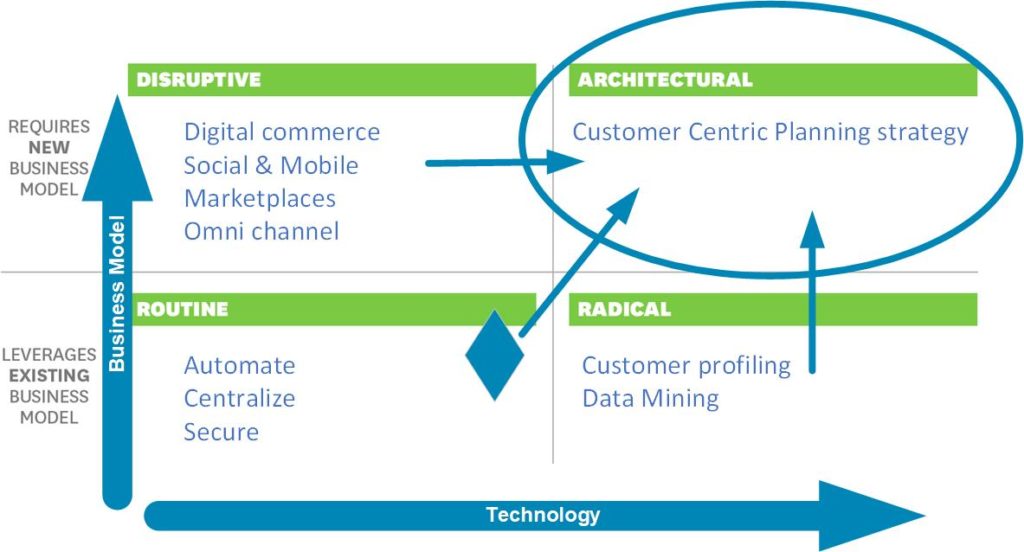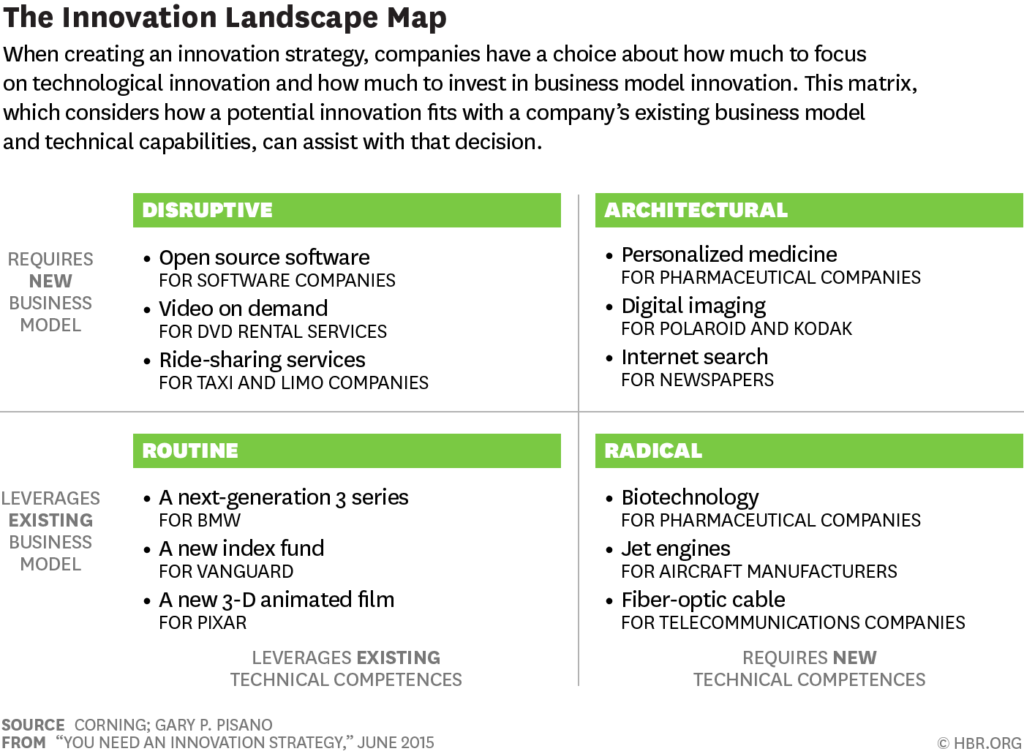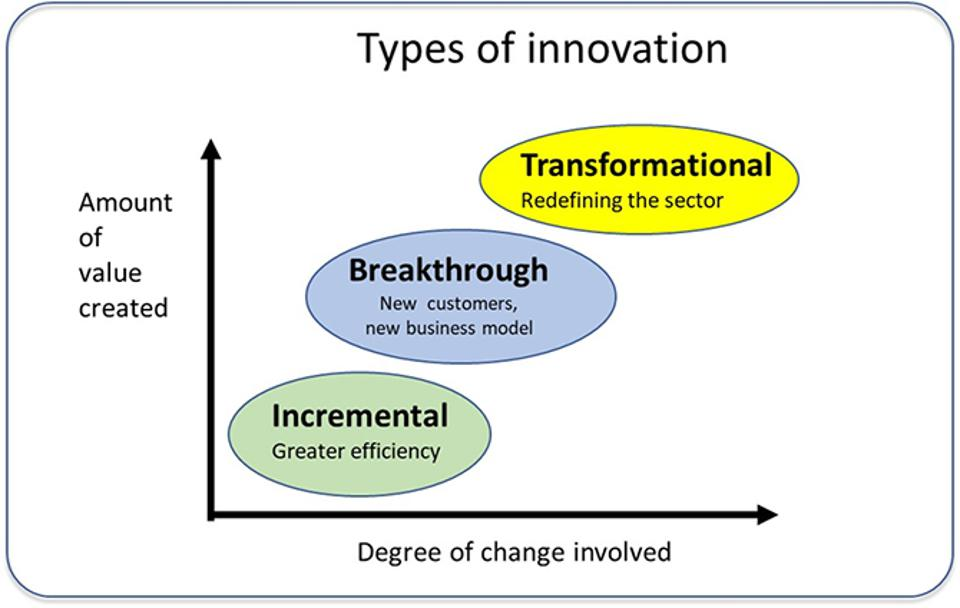I penned an article a few months ago weighing in on whether we are in a retail apocalypse. I wagered that instead of the retail apocalypse, the pandemic can be retail’s renaissance. It can be the opportunity that jolts us into the innovation that’s long been needed in retail. Now some retailers have done exactly that, but for others there is a prevailing sense of apprehension. Many are reacting to the pandemic with a hyper focus to drive sales revenue through digital commerce. It’s absolutely a right tactic. After all, e-commerce is the only place shoppers are these days and a channel every retailer is actively looking to capitalize on. But is this innovation a reactionary fire-fighting measure or a well-thought-out component of a strategic roadmap?
Pandemic, an opportunity to Innovate
If we look beyond the pandemic, and use these challenging times as a catalyst that gives retailers an opportunity to breed new life into the current business model, what would your answer be? I’m sure every CEO will tell you innovation is almost always a top priority on their strategy to-do list. As executives shepherding an enterprise through these unprecedented times, the question on their minds is not whether to innovate, but how.
According to Pisano, a Harvard Business School professor who spent decades researching and teaching innovation, companies have a choice about how much to invest in business model innovation and how much to focus on technological innovation. Here is the matrix he laid out.
Pisano’s Quadrants
Here is what the quadrants mean and how each might apply in retail.
Routine innovation builds on a company’s existing business model and competences and finds a technology fit to support innovation that automates, optimizes and improves productivity of their existing team. In other words, do what you do today faster, more accurately and efficiently.
Disruptive innovation requires a new business model but not necessarily a technological breakthrough. For that reason, it also challenges, or disrupts, the business models of other retail companies. A great example of this is Amazon. Its business model is unlike anything retailers have seen before. In fact, one would say it’s primarily a logistics company. But with Amazon, the emergence of online shopping has truly disrupted retail.
Radical innovation is the polar opposite of disruptive innovation. The challenge here is purely technological. It’s all about developing the technology and then finding or creating a market. This development occurs even when an identifiable market does not yet exist. Artificial intelligence, augmented reality, machine learning, facial recognition, and robotics are radical technologies vying to find a real-world practical use that can add value to the business.
Architectural innovation combines technological and business model disruptions. An example of this is Shopify who has redefined the direct-to-consumer business model and amplified it through its e-commerce platform.
Why Innovations Fail
Yet for each Amazon or Shopify innovation success, there are numerous attempts that fail to materialize. Why is this? Steve Denning believes this is because companies lack strategic focus and agility to undertake transformational innovation.
In retail, many also lag behind when it comes to improving efficiencies. Take the merchandise team for example, Excel or Google spreadsheets remain the predominant tool used by merchants today.
A pragmatic approach to Innovation
In fact, the vast majority of profits are created through routine innovation – think Intel, Microsoft, Apple. “There is no magic formula… (it’s) one of balance and mix,” Pisano explains. And because innovation cuts across many functions in an organization, only senior leaders can determine the right innovation strategy. “Like the process of innovation itself, an innovation strategy involves continual experimentation, learning and adaptation.”

The point here is that companies should focus on a multiprong approach to innovation and recognize there is not one preferred type. In fact, different kinds of innovation can become complements, rather than substitutes, over time. For example, your routine innovation today can be the stepping stone and change management tool you need for tomorrow’s transformative change.
For your merchant team who has been saddled with hundreds of spreadsheets across multiple desktops, you need to give them a tool that automates and centralizes for immediate productivity improvement. This is urgent innovation that will immediately mitigate your organization’s data and security risks which desktop files inherently present. At the same time, keep your eye on the real prize. With new insights from data mining and AI technologies that give you unprecedented access into your customers on how and where they shop, you can begin allocating the necessary resources to truly advance new ways to change the prevailing planning patterns of today. Indeed, to create value that redefines retail, leaders need to transform their thinking from planning by their own selling channels to planning that starts with their customer.
























